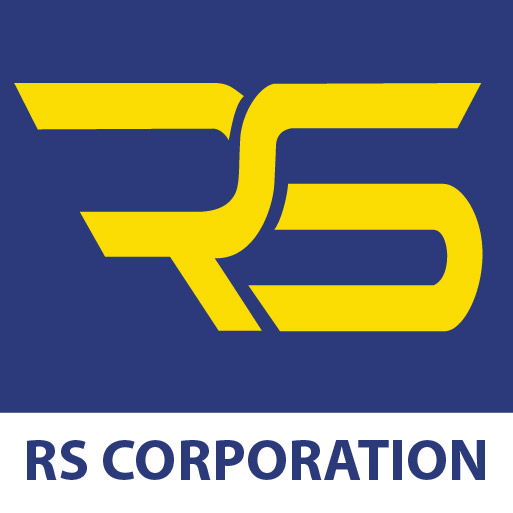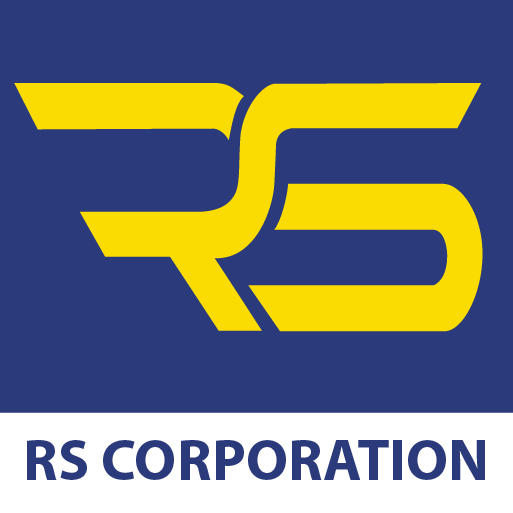Introduction
Bangladesh is well known around the world for producing jute, which is sometimes called the “golden fiber” because of its high economic value and golden-brown hue. As one of the leading export commodities and a major employer of millions of people, the jute sector is vital to the nation’s economy. This thorough book examines every aspect of Bangladesh’s jute market, from its historical significance to the dynamics and future potential of the industry today.
Historical Significance of Jute in Bangladesh
Jute has been cultivated in the Bengal Delta for centuries, and its cultivation and processing are deeply embedded in the region’s cultural and economic fabric. During the British colonial period, jute gained immense popularity, primarily exported to Europe for manufacturing ropes, sacks, and other products. The industry’s growth continued post-independence, establishing Bangladesh as one of the world’s leading jute producers.
Jute Production Process
Cultivation
Jute is predominantly grown in the fertile alluvial soil of Bangladesh’s river deltas. The primary jute-producing regions include Dhaka, Narayanganj, and Khulna. The cultivation process begins with seed sowing in the early monsoon season, followed by a four-month growing period in which the plants reach heights of up to 15 feet.
Harvesting and Retting
Harvesting occurs when the plants are at their best during the monsoon season. After harvesting, the stems are bundled and submerged in water for retting, a process that loosens the fibers from the stalks through microbial activity. This critical step determines the quality of the fibers.
Extraction and Processing
Post-retting, the fibers are extracted, washed, and dried. They undergo various stages of processing, including spinning, weaving, and finishing, to create different jute products. Modern processing techniques and machinery have significantly improved the efficiency and quality of jute products.
Key Products and Applications
Jute industry is a versatile material used in a wide range of products, including:
Sacking and Hessian Bags: Widely used for packaging agricultural products.
Carpets and Rugs: Jute fibers are spun into yarns to make durable and eco-friendly floor coverings.
Textiles: Blended with other fibers to produce fabrics for clothing and home decor.
Geotextiles: Used in soil erosion control and road construction due to their biodegradability.
Composite Materials: Composite materials are being used more and more in the automotive and building industries as a sustainable alternative to synthetic materials.
Market Dynamics
Domestic Market
The domestic demand for jute products remains robust, driven by the agricultural sector and a growing awareness of sustainable and eco-friendly materials. Government policies also support the industry through subsidies and incentives for jute cultivation and processing.
Export Market
Bangladesh’s jute products are exported to over 100 countries, with major markets in Europe, the United States, and the Middle East. The global shift towards sustainable products has further boosted the demand for jute export, positioning Bangladesh as a key player in the international market.
Challenges and Opportunities
Challenges
Price Volatility: The jute price and jute products can be highly volatile, influenced by factors such as weather conditions, supply chain disruptions, and global market trends.
Competition: Synthetic alternatives like polypropylene pose significant competition, being cheaper and more durable in some applications.
Infrastructure: Despite improvements, more infrastructure is needed to ensure efficient production and export processes.
Opportunities
Sustainability Trends: Growing global awareness of environmental issues presents a significant opportunity for jute as a sustainable and biodegradable alternative to plastics.
Innovation: Investments in research and development can lead to new applications and improved processing techniques, enhancing the value of jute products.
Policy Support: Continued government support and favorable policies can bolster the growth and competitiveness of the jute industry.
Future Prospects
The future of the jute market in Bangladesh looks promising, with increasing demand for eco-friendly products and ongoing advancements in jute processing technologies. Strategic investments in infrastructure, research, and marketing can further strengthen Bangladesh’s position as a global leader in the jute industry.
Conclusion
The jute market in Bangladesh is a vital sector with a rich history and significant economic impact. Despite facing challenges, the industry’s potential for growth and innovation remains strong. By capitalizing on global sustainability trends and leveraging government support, Bangladesh can continue to thrive as the premier producer of this versatile and valuable fiber.


